Introduction
The Google Merchandise store is a platform that provides an opportunity for Google’s brand to move forward. The appropriate allocation of the budget will lead to needed and timely investments in the features that need improvement and improve the control over the cash flow (“Budgeting and business planning,” 2020).
The main issues that need to be improved:
- A decline in revenue by 37%.
- High bounce rate: 99% of users leave the site after the first page or homepage.
- A high number of potential consumers leave the online store before making a purchase.
- The poor loading speed of pages.
- The absence of the application.
Table 1. Micro Goals and Macro Goals of the Review.
The overall goal of increasing the number of incoming customers and enhancing the user experience will provide an opportunity to allocate the budget wisely. Based on the analysis of the previous year and the current situation in the USA, the report reflects the main changes that need to be made by the Google Merchandise store to succeed in the upcoming year 2020 (July – December).
Analysis
First Option
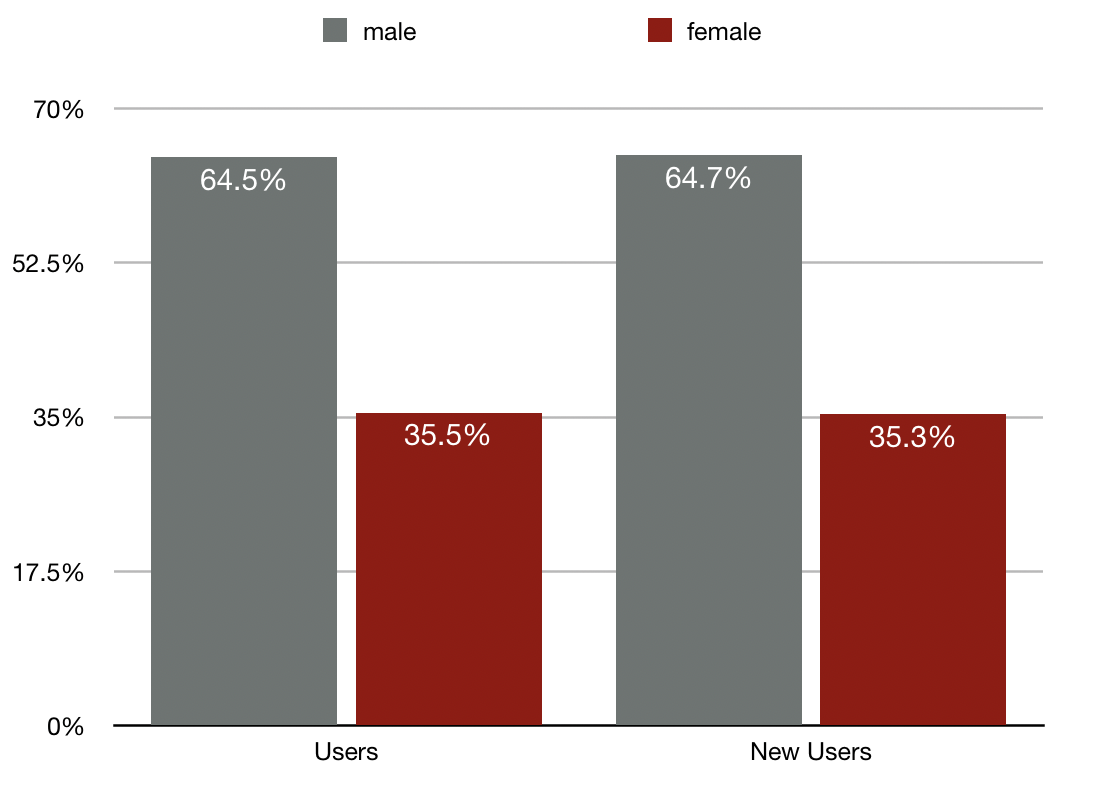
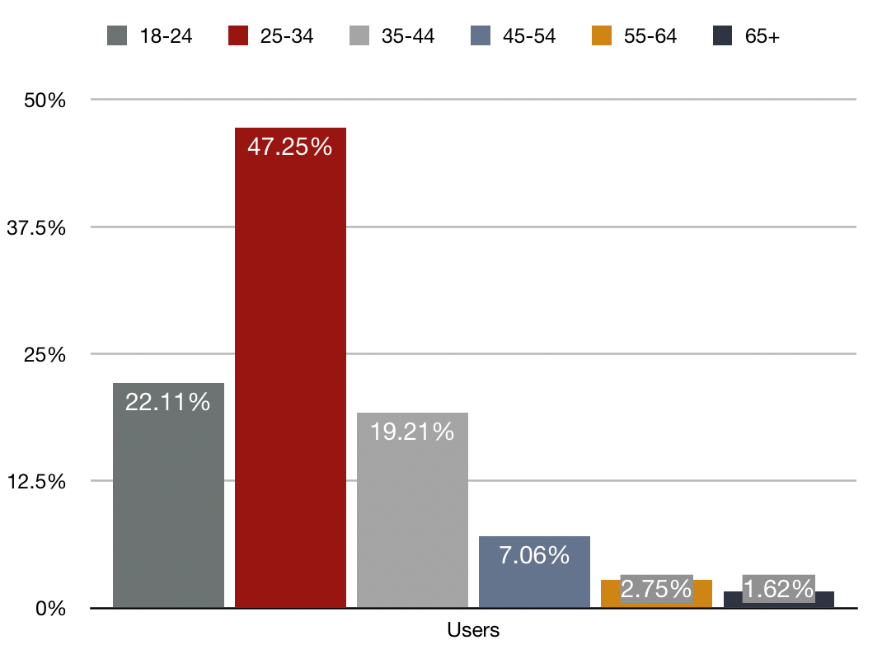
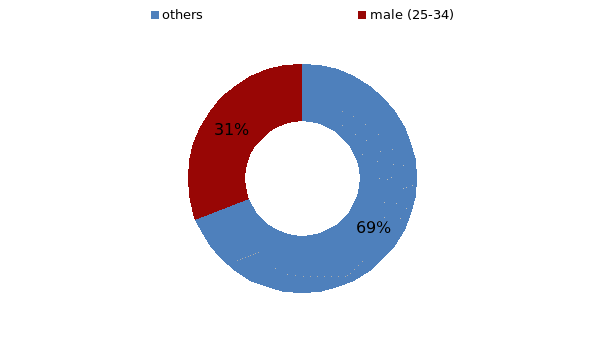
Table 2. Insight, Hypothesis, and Expected Outcomes for the First Option.
Second Option
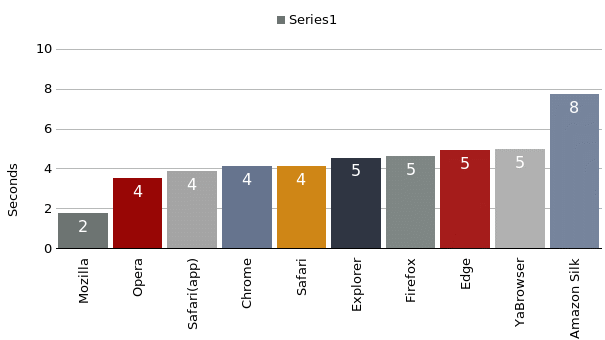
Table 2. Insight, Hypothesis, and Expected Outcomes for the Second Option
Option 3
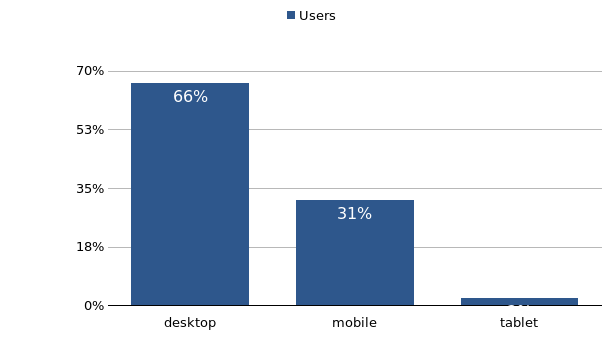
Recommendations
Client-Oriented Approach
Firstly, it needs to be noted that the leading target group should be male customers aged 25-34 since they represent 31% of the site’s revenue. In 2020, Google Merchandise store needs to consider enhancing the product line and making it suitable for men of the aforementioned age group by adding items such as backpacks, wallets, and watches (Rutherford, 2020). Also, an increase in the number of items that are in high demand for this audience will be beneficial to the overall user experience, revenue generation, and increasing the audience of the store.
The most plausible action for Google Merchandise Store is to focus on its majority customers by targeting young male customers. The customer-oriented approach is based on bettering the overall understanding and satisfying customers’ needs. About the Google Merchandise Store, the customer-oriented approach is, first of all, the ability of the site itself to make a profit through a deep understanding and effective satisfaction of the needs of its customers. The customer-oriented Google Merchandise Store needs to offer its customers products and services that exactly match their needs, and, ideally, anticipate them.
The latter involves conducting a competent marketing analysis of customer behavior based on their segmentation, identifying key customers, and developing an address program for working with this target client segment (Fortino et al., 2017). Availability and active use of personal service are the key elements of the approach. The client should be offered only the products and services that he or she needs. Generalized offers fail to properly target a specific market segment because a store presents an entire product line.
Implementation of a clientele-focused management system is important when working with site visitors and potential customers. The people responsible for the development and maintenance of the site should be divided into two stable groups. One group should focus primarily on retaining the current customers by improving the product line, whereas another group should increase the customer base by attracting new ones. In addition, it is important to note that the store needs feedback from its customers. It should be noted that the Google Merchandise Store is customer-oriented, but the extent of the latter is dependent on the perception.
Each dissatisfied customer represents a huge opportunity for the development of the company if one evaluates the interaction with him or her correctly. It is also critical for the store to respond to dissatisfaction in a timely and effective manner. It is the establishment of feedback that is one of the key elements of management since the competent use of the collected data helps to significantly improve the quality of the services provided and products sold. It also helps to reorganize business processes and look at the interaction process within the store from the client’s point of view.
Mobile Commerce
Secondly, mobile shopping in the US is expanding quickly. By 2021, it will take over 51% of all sales (Ouellette, 2020). Due to the growing trend of online shopping via mobile devices, Google Merchandise needs to consider creating a phone application to ease the shopping process and experience on the phone and attract more customers. For the mobile application-based commerce of Google Merchandise Store to develop successfully, it is necessary to constantly create and improve the software.
Consumers should be able to easily navigate from one Google site to another by using mobile devices, which often have small screens and which in some cases are still highly complex. At the same time, a high level of payments for Internet access remains a significant hindrance to mobile e-commerce. Although they have decreased as a result of the process of European harmonization, they continue to remain high enough for many segments of the population.
Despite the vigorous development of mobile e-commerce technology by several leading companies, many of them still cannot overcome the barriers to this segment. The most serious problem is related to a lack of confidence in this sales channel and the fact that the employees and managers of these companies have a limited understanding of how to apply it. There is a lack of personnel for conducting commercial operations through mobile commerce channels and a low level of qualification of managers in the field of mobile electronic commerce. Another obstacle is the fact that many online stores may consider mobile e-commerce and traditional e-commerce to be similar (Cao et al., 2015). As a result, such sites may not evaluate the need for special mobile e-commerce methods. In addition, one factor hindering the development of mobile sales is the fact that the competitors might not be showing any progression in this area, and most of them adhere to a strategy of following the leader.
When developing mobile applications for Google Merchandise Store, it is also necessary to take into account differences in the behavior of users of mobile devices and personal computers. Tablet users are more likely to search for information, and, hypothetically, the potential for contextual advertising on these devices is higher. On smartphones, users are more interested in entertainment and media content, and in addition, smartphones are useful for quick oversights. Mobile device users can have a negative attitude towards advertising messages that offer products or services they do not need at the moment. Negative reviews of such messages on social networks can discredit the company’s products. In some cases, it is advisable to use paid and free services built on business models of the information intermediary community to conduct the promotion. The latter is focused on improving the quality of life by satisfying the diverse needs of mobile device owners in information products and services.
Webpage Load Speed
Thirdly, by improving the loading speed of the pages, the bounce rate of potential customers will be reduced. If the page loads for 1 to 3 seconds, the approximate bounce rate is estimated at 32%. However, when the page load takes around 1-5seconds, the bounce rate constitutes 90% (“How fast should a Website Load,” 2020). These statistics showcase that by paying attention to reducing the page load speed, and the number of pages visited by the same user will rise. The speed of e-business sites is a complex issue, which is especially true in the case of Google Merchandise Store. The measurement of page rendering time in the user’s browser depends on several factors, such as client performance, the capabilities and condition of the Internet channel from the client to server, and server performance. Each of these factors includes many components, as a result of which the picture of the site loading speed for real users is extremely diverse. Such a change can occur at arbitrary points in time, depending on a load of channels and network equipment.
To get objective data about the site loading speed, there are two ways, such as synthetic tests and real user monitoring. The first method involves the maximum isolation of dynamic parameters that affect the speed and emulation of the reference user with a specific browser, Internet channel parameters, equipment. Using this method is convenient for checking the results of site optimization, to see the differences in the versions of the program code. The parameters of the reference user are selected as averages from the scatter in a real audience. The second method shows the actual state of affairs with productivity, taking into account all the factors described earlier. For its implementation, a standard for transmitting information about the page loading speed of the Navigation Timing API has been developed (Weichao, 2017). This standard is supported by most modern browsers and is used in web analytics systems.
Conclusion
To sum up, there are significant changes that need to be considered by the team of Google Merchandise store. During COVID-19 pandemic, online sales have increased by 49% in the USA, which is a dramatic change (Berthene, 2020). By making changes proposed in the paper, Google Merchandise store will be able to increase its overall revenue and succeed during the crisis. Therefore, the given store needs to focus on its largest clientele, who are young males. By focusing on this particular group, Google Merchandise Store will be able to derive the product lines with the highest demand and increase visitor-to-customer conversion rates. In addition, the store needs a mobile application, which will greatly enhance and widen the scope of customers. The majority of store visitors access it through desktop devices, which means that the current trend of active mobile app usage left unutilized. Lastly, it is important for Google Merchandise Store to conduct thorough and in-depth optimization of the website by increasing the load speed of its pages. This can be achieved by improving the overall user experience and the Navigation Timing API.
References
About advertising on YouTube. (n.d.). Google Ads Help. Web.
Berthene, A. (2020). Online sales jump 49%, BOPIS grows 208% amid coronavirus pandemic. Digital Commerce. Web.
Budgeting and business planning. (2020). Info Entrepreneurs. Web.
Cao, Y., Lu, Y., Gupta, S., & Yang, S. (2015). The effects of differences between e-commerce and m-commerce on the consumers’ usage transfer from online to mobile channel. International Journal of Mobile Communications, 13(1), 51-70.
Fortino, G., Gravina, R., Russo, W., & Savaglio, C. (2017). Modeling and simulating internet-of-things systems: A hybrid agent-oriented approach. Computing in Science & Engineering, 19(5), 68-76.
Ouellette, C. (2020). Online shopping statistics you need to know in 2020. Optinmonster. Web.
Rutherford, Z. (2020). Online shopping for men: 10 items they can’t resist. SaleHoo. Web.
Weichao, L. (2017). Appraising and improving the accuracy of smartphone and browser-based delay measurement (Publication No. LG51 H577P) [Master’s thesis, The Hong Kong Polytechnic University]. PolyU Library.
